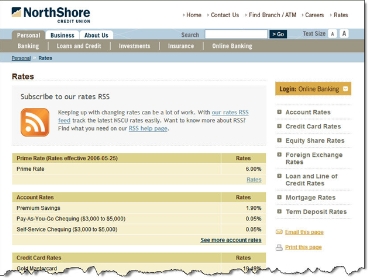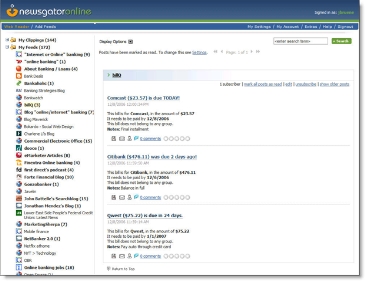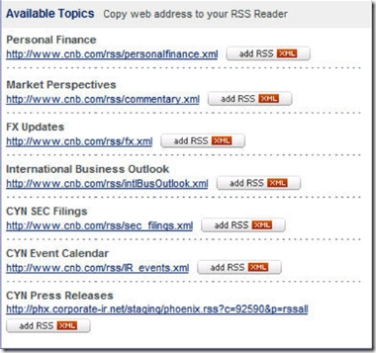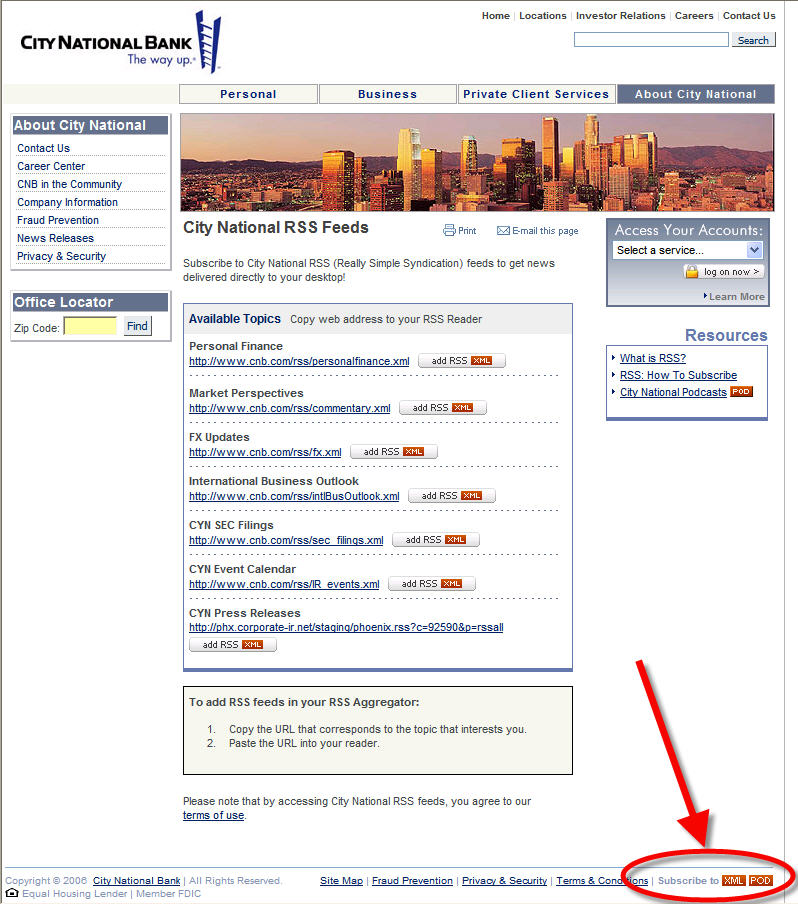 When researching new mobile banking launches (see our earlier post here), we ran across one of the more innovative financial institutions in the country: Austin, TX-based Amplify Federal Credit Union <goamplify.com>, a $400 million asset institution with 40,000 members. The CU's tagline, Bank less. Live more. is right on target for the majority of financial consumers.
When researching new mobile banking launches (see our earlier post here), we ran across one of the more innovative financial institutions in the country: Austin, TX-based Amplify Federal Credit Union <goamplify.com>, a $400 million asset institution with 40,000 members. The CU's tagline, Bank less. Live more. is right on target for the majority of financial consumers.
It's possible that Amplify uses more of the ideas we've featured in Online Banking Report and NetBanker than any financial institution we've come across. For example, cafe branches with free WiFi, mobile banking (WAP), Web 2.0 look and feel, high-yield checking (up to 5.1% APY), online chat, fee-based ($5.95/mo) value-add checking account (Amplified checking) loaded with online and mainstream features, and a host of other services from college planning to eBay bidding (see menu here). One surprising omission: no blog.
OBR Best of the Web But our favorite feature, and winner of our fourth OBR Best of the Web 2007,* is Amplify's new personal finance management program, MoneyTracker. MoneyTracker uses natural language search so members used to Googling there way through the day will feel right at home. Instead of using slower drop-down search, a customer wanting to review recent Costco purchases simply enters "costco this year" in the search box.
But our favorite feature, and winner of our fourth OBR Best of the Web 2007,* is Amplify's new personal finance management program, MoneyTracker. MoneyTracker uses natural language search so members used to Googling there way through the day will feel right at home. Instead of using slower drop-down search, a customer wanting to review recent Costco purchases simply enters "costco this year" in the search box.
 The program was developed by Austin startup, Jwaala, which announced it in November. Amplify, which went live March 5 (press release here), is Jwaala's first installation.
The program was developed by Austin startup, Jwaala, which announced it in November. Amplify, which went live March 5 (press release here), is Jwaala's first installation.
MoneyTracker also includes an account aggregation engine so accounts at any financial institution can be tracked. And like eBay, it allows users to turn any search into an  automatic alert with the option of receiving the information via email, SMS, or an RSS feed (see inset). As far as we know, Amplify is the first financial institution in the U.S., if not the world, to institute personal RSS feeds for its customers, and it is the basis for the Best of the Web designation.
automatic alert with the option of receiving the information via email, SMS, or an RSS feed (see inset). As far as we know, Amplify is the first financial institution in the U.S., if not the world, to institute personal RSS feeds for its customers, and it is the basis for the Best of the Web designation.
Amplify posted a series of six videos (here) that do a great job explaining Money Tracker, an important part of gaining trial. The style, copywriting, on-screen talent, and staging, are among the best we've seen online.
Amplify's Main MoneyTracker page (link here):
—–
*OBR Best of the Web awards are given out occasionally for features that raise the bar in online financial services. It is NOT necessarily and endorsement of the company or its full product.



 Over at BankWatch (post
Over at BankWatch (post 



 For the past few months, I've been more or less obsessed with RSS feeds (see our latest full report on the subject
For the past few months, I've been more or less obsessed with RSS feeds (see our latest full report on the subject 










